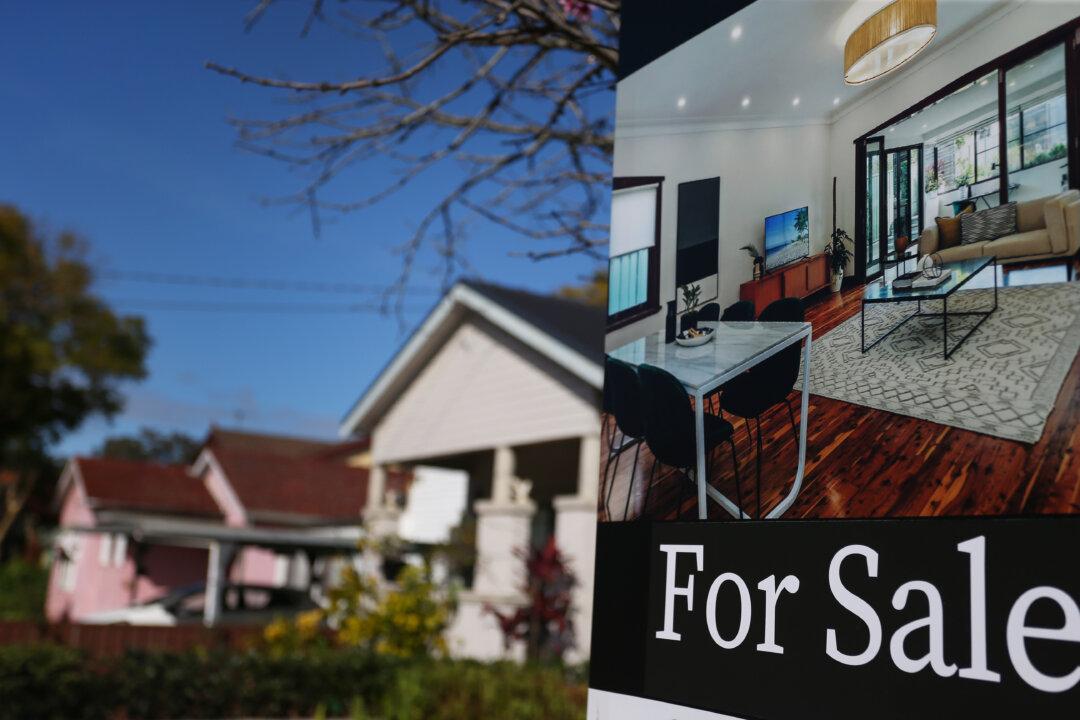New laws to set up a Housing Australia Future Fund aren’t expected to save people from tipping into housing stress or homelessness.
“The Commonwealth has gone from an F on housing to a C-minus, and they should be aiming for an A,” Joel Dignam, executive director at advocacy organisation Better Renting, told AAP.





